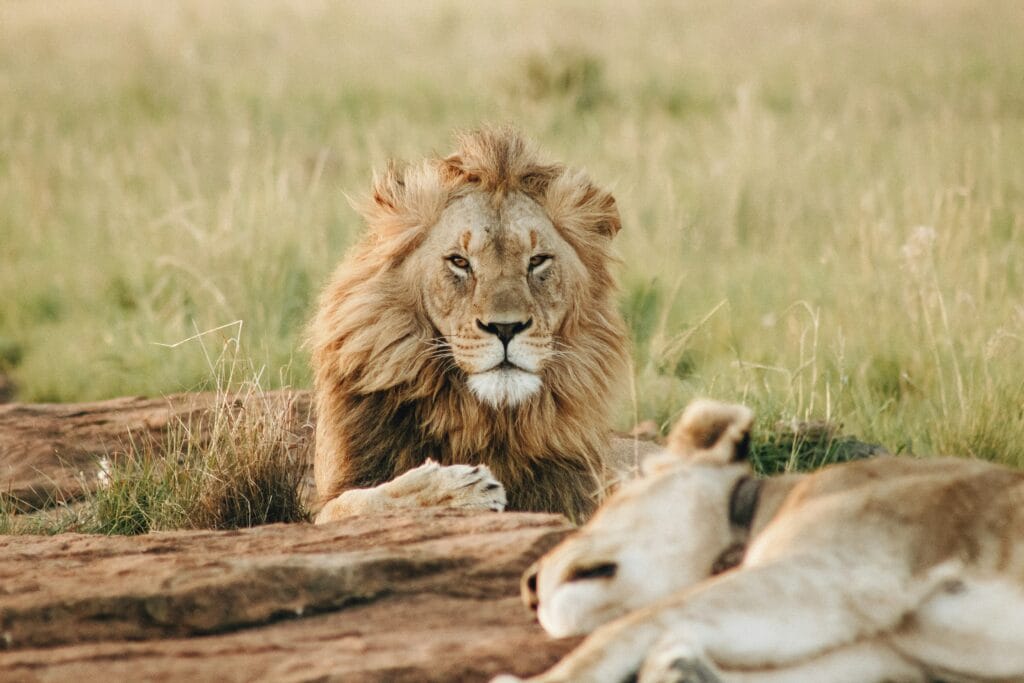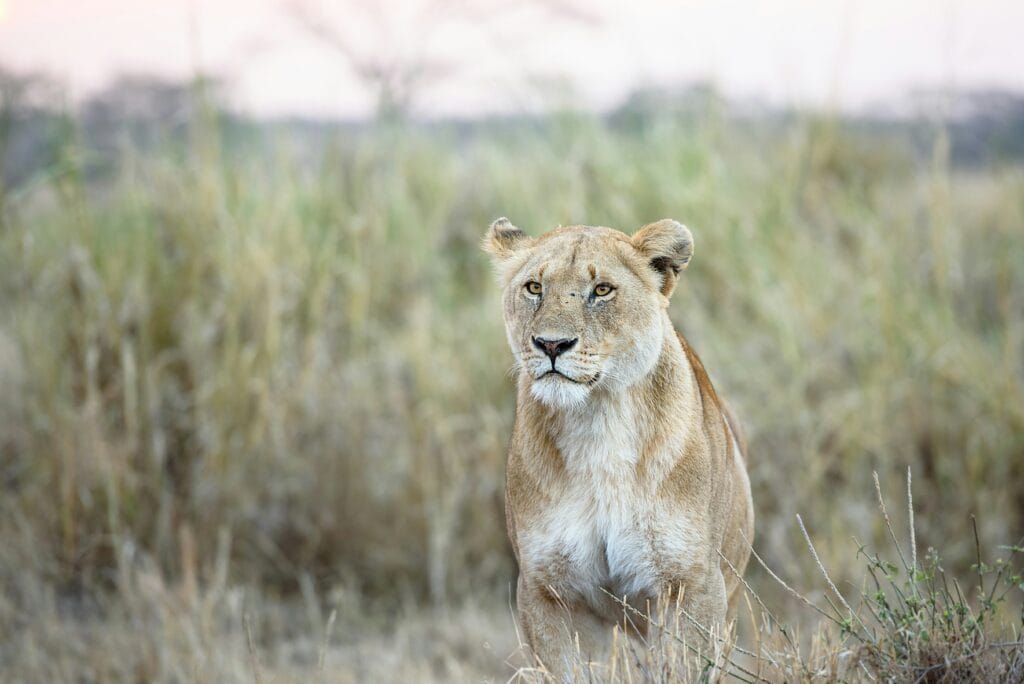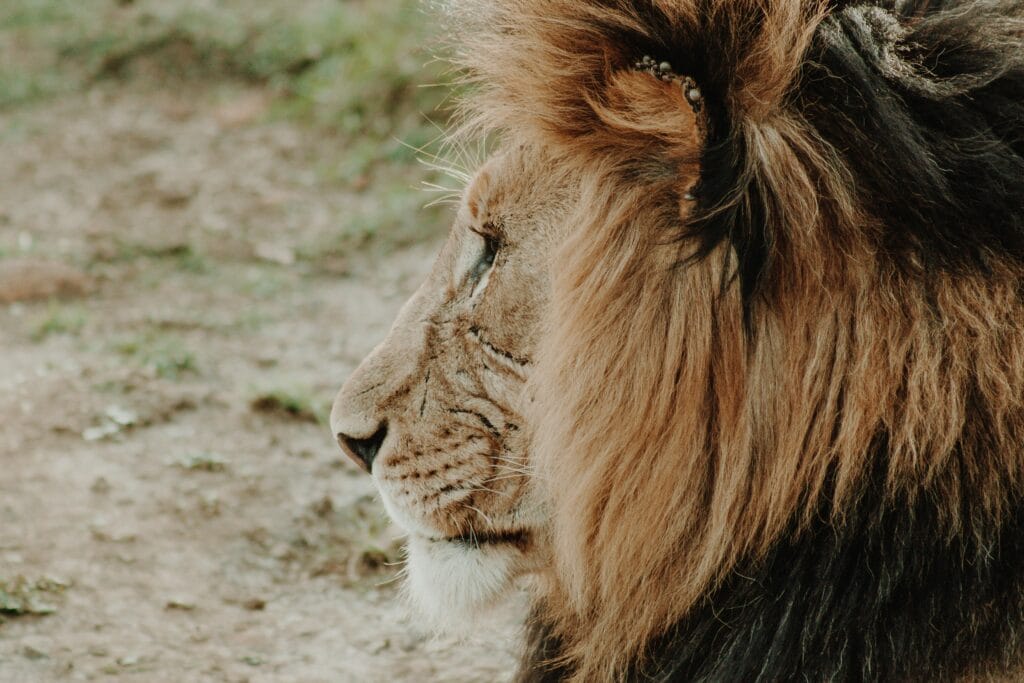What makes a visit to the Serengeti National Park an unforgettable experience?
The Serengeti in Tanzania is not merely a destination; it represents an extraordinary convergence of wildlife encounters, breathtaking landscapes, and the incredible tapestry of life found within its borders. Among the myriad of experiences available in this iconic haven, the lion safari stands out, promising a unique opportunity to encounter the majestic king of the jungle in its natural habitat. This article delves into the multifaceted lion safari experience, discussing its historical context, current trends, various perspectives, and future implications.

Table of Contents
Overview of the Lion Safari Experience
The lion safari in Serengeti National Park is a premier attraction that draws nature enthusiasts, photographers, and researchers alike. Visitors come to witness the raw beauty of these apex predators as they roam their territory. As thrilling as it sounds, the safari experience goes beyond merely spotting lions; it embodies a deeper engagement with the environment and conservation efforts aimed at preserving these magnificent creatures.
The significance of experiencing a lion safari is profound. It serves not just as an exhilarating adventure but also as a catalyst for understanding the delicate balance of ecosystems and the need for active conservation measures to protect wildlife.
Thesis Statement
This article seeks to illuminate the intricacies of the lion safari experience in the Serengeti National Park, emphasizing its importance both for visitors and for broader wildlife conservation efforts. Understanding this experience may inspire a deeper appreciation for nature and motivate actions that contribute to environmental preservation.
Historical Context
The Lion in Culture and Ecology
Historically, lions have symbolized power and majesty across various cultures. In the context of Africa, they have been revered in folklore and traditions, often regarded as noble creatures. Ecologically, lions play a critical role in the Serengeti as apex predators, controlling herbivore populations and influencing the dynamics of the ecosystem. By maintaining this balance, lions ensure that the Serengeti thrives.
The Serengeti National Park was established in 1951, and since then, it has become synonymous with wildlife conservation. Conservation efforts initiated in the early 20th century have evolved, culminating in a profound recognition of the need to protect not only lions but all species indigenous to the area. The establishment of the Great Migration—where millions of wildebeests, zebras, and other animals travel across the plains in search of food—highlights the interconnectedness of species, with lions occupying a vital position in this web of life.
Current Trends
Ecotourism Growth
In recent years, ecotourism has witnessed significant growth, particularly in destinations renowned for their wildlife, such as the Serengeti. As tourists increasingly seek authentic and sustainable travel experiences, the lion safari has gained prominence, drawing attention to the importance of supporting local communities through conservation efforts.
Specific initiatives, such as community-based tourism, have emerged to promote environmental stewardship while providing economic benefits to local populations. By participating in lion safaris, visitors contribute to the funding of conservation programs, helping to ensure the survival of lions and their habitat.
Technological Advancements
Moreover, advancements in technology have greatly enhanced the lion safari experience. High-quality camera gear, drones, and mobile applications have revolutionized wildlife observation and photography. Enthusiasts can capture stunning moments without intrusive methods that disrupt animals in their natural habitat. Additionally, GPS tracking technologies allow for the study of lion behaviors and movements, providing researchers with valuable insights into the challenges they face in a rapidly changing world.
Key Concepts and Definitions
Understanding the Lion Safari
A lion safari entails various practices that enhance the probability of encountering lions in their natural environment. Unlike conventional safaris that focus broadly on wildlife, lion safaris are specifically tailored around tracking and observing lions. This approach often involves expert guides who possess in-depth knowledge of lion behavior, territory, and social structures.
Understanding the social dynamics of lions, which often live in prides consisting of related females, their young, and a coalition of males, provides a richer context for safaris. These social structures impact both hunting behaviors and territoriality, making the study of lion interactions essential for a deeper grasp of their ecology.
The Conservation Impact
Beyond witnessing wildlife, lion safaris play a pivotal role in conservation education. Engaging guides provide insights into the threats facing lion populations, including habitat loss and poaching, reminding visitors of the urgency behind preservation efforts. The education gained during a safari can inspire individuals to become advocates for wildlife conservation upon returning home.

Breaking Down the Experience
Anticipation and Preparation
The safari experience begins long before setting foot in the Serengeti. Travelers often undergo extensive preparation, researching the best times to visit, understanding necessary vaccinations, and discussing the ethical implications of wildlife tourism. Proper planning enhances the overall experience, ensuring that expectations are met.
The Safari Itself
Typically, a lion safari begins early in the morning, with tourists embarking on guided tours in specially designed vehicles. The thrill of the hunt—tracking lions via paw prints, hearing roars, and spotting their golden fur against the grasslands—creates an atmosphere of anticipation.
Guests are encouraged to participate actively in the tracking process, fostering a connection between them and the natural world. The excitement peaks once lions are spotted, when guides share anecdotes and facts about their behaviors, further enhancing the experience.
Case Study: The Management of Lion Populations
The successful management of lion populations in Serengeti National Park serves as a powerful example of conservation efforts in action. Research conducted by the Serengeti Lion Project reveals critical data regarding lion population dynamics and survival rates. Since the project’s inception in 1966, scientists have tracked over a thousand lions, providing insights that inform management strategies.
Such case studies exemplify how on-the-ground research supports the lion safari experience by reassuring visitors that they are witnessing lion populations bolstered by effective management. This transparency often bolsters tourists’ confidence in the effectiveness of conservation efforts.
Alternative Lion Encounter Experiences
An alternative to the traditional lion safari is the rise of conservation-based programs that offer intimate encounters with lions in controlled environments. While some view these encounters as beneficial for education and conservation funding, others advocate for purely wild experiences. The effectiveness of these programs remains a matter of debate among conservationists.
Comparing Different Perspectives
The Environmentalist’s Viewpoint
Environmentalists advocate for unfiltered wildlife encounters in their natural settings, arguing that such experiences foster a deeper understanding and respect for ecosystems. They contend that authentic lion safaris enhance awareness of conservation issues, empowering visitors to become advocates for environmental protection.
The Conservationist’s Outlook
From a conservationist’s perspective, the approach to lion tourism must balance ethical considerations against tangible benefits to ecosystem preservation. While tourists gain unfiltered access to wildlife experiences, it is vital to ensure that the positive impact on local communities and conservation initiatives outweighs any potential negative repercussions.
The Tourist’s Perspective
Travelers often seek adventure and the thrill of potential encounters with lions; however, they may hold differing expectations regarding ethical tourism. Many prioritize experiences that contribute to local economies while ensuring minimal disturbances to wildlife.
A Balancing Act
The varying perspectives reflect the complexity of lion tourism and its implications on conservation. It becomes essential to create a nuanced dialogue that respects diverse viewpoints while striving toward effective conservation goals. A balanced approach can help ensure that tourism supports the preservation of these iconic species without compromising their natural behaviors.
Impact Assessment
The impact of lion safaris is profound, affecting ecological balance, local economies, and global conservation efforts. By observing lions in their natural habitat, tourists are inherently contributing to their conservation through funding, awareness, and advocacy. However, unregulated tourism could lead to negative consequences, such as habitat degradation, should it not be carefully managed.
The Serengeti’s management strategies emphasize minimizing ecological footprints while maximizing the benefits of tourism. Programs that integrate local communities into lion conservation efforts build stronger ties between locals and conservation initiatives.

Future Directions and Implications
Predictions for Tiger Conservation
Looking ahead, the future of lion conservation appears promising if current trends in ecotourism and technological advances continue. Researchers anticipate further integration of conservation efforts into tourism, ensuring that their message reaches wider audiences. Innovative technologies like augmented reality (AR) may enable immersive experiences that promote wildlife education beyond the confines of safari vehicles.
Implications for Communities
Communities surrounding the Serengeti stand to benefit immensely from well-structured tourism initiatives. Economic growth will not only contribute to wildlife conservation but will also enhance the living standards of local populations. Ensuring shared benefits is crucial for fostering a culture of environmental stewardship among community members.
Innovative strategies like payment for ecosystem services (PES) provide financial incentives for conservation efforts, aligning short-term economic benefits with long-term ecological responsibility.
Conclusion
In summary, the lion safari experience is more than just an exhilarating adventure; it embodies the intersection of thrill, education, and conservation. Through engaging with these magnificent creatures, visitors foster a greater appreciation for wildlife and the urgent need for its protection. As the visitors’ experiences contribute to conservation efforts, they illuminate the importance of responsible tourism.
This recognition invites reflection on a vital question: How can individuals leverage their experiences in the Serengeti’s wild expanses to promote meaningful change for wildlife conservation? The intricacies of this ongoing narrative reside not only in the roars that echo through the plains but also in the actionable insights and connections forged in moments of awe with nature.
Final Thoughts
There exists an unparalleled beauty within the Serengeti, a wilderness where lions reign supreme and lives intertwine in the dance of survival. Visitors leave with stories and memories that transcend mere tourism, embedding a sense of responsibility for the world they have glimpsed. What actions can be taken, once back home, to safeguard these irreplaceable ecosystems?
Sources for Further Reading
- Serengeti National Park Official Website
- The Serengeti Lion Project Reports and Findings
- Ecotourism Society Publications
- Various scholarly articles on conservation practices and ecotourism
Through informed engagement, individuals may contribute to a ripple effect that promotes understanding and actions vital to wildlife survival.

